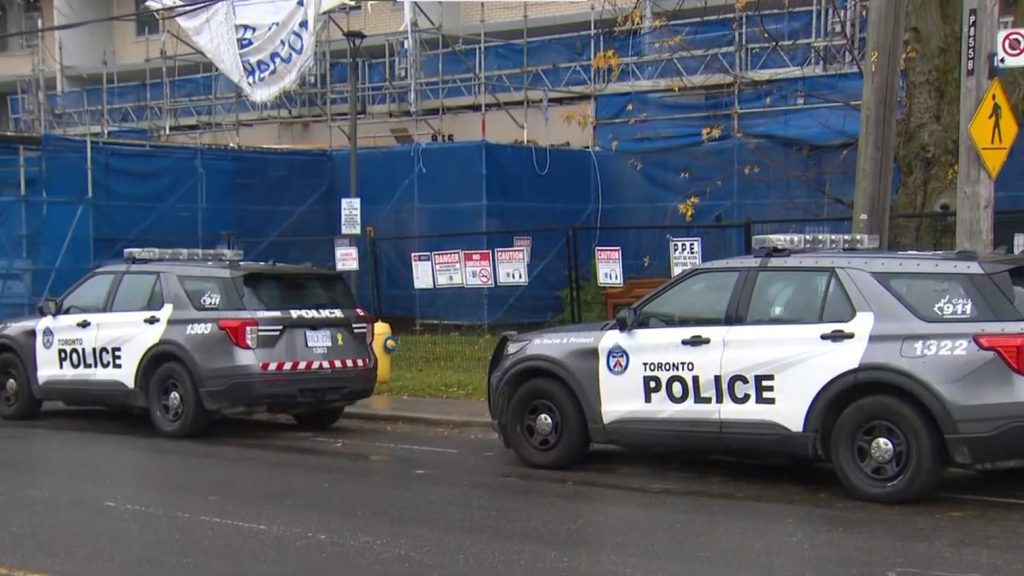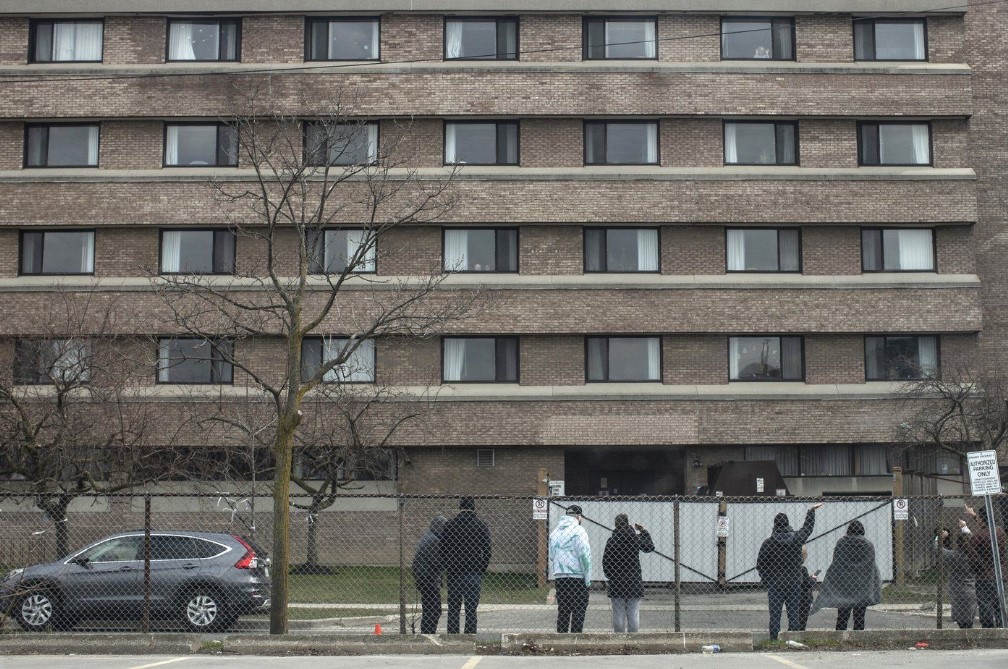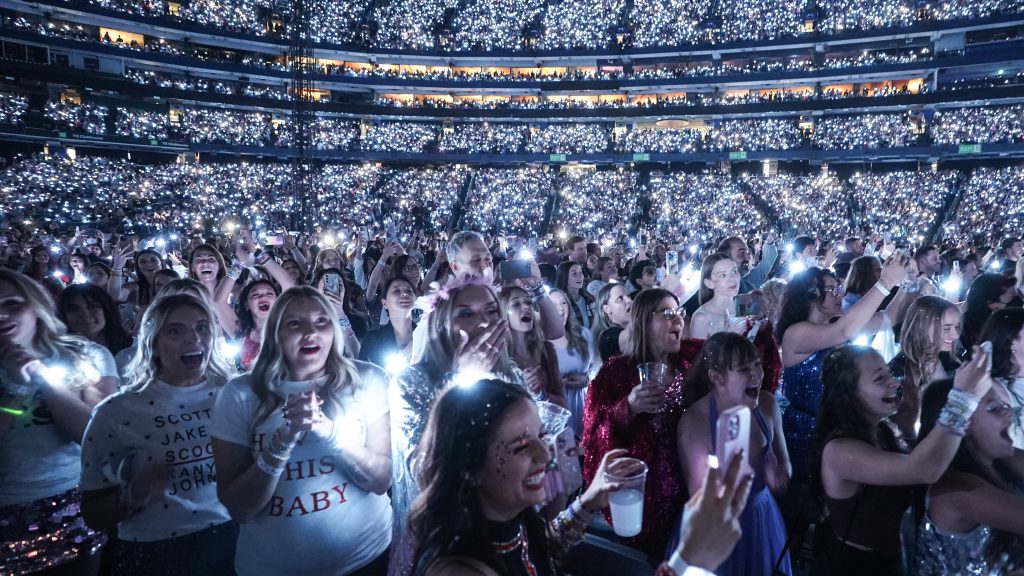Mexico’s national elections, at a glance
Posted July 2, 2018 2:54 am.
Last Updated July 2, 2018 12:00 pm.
This article is more than 5 years old.
Mexican voters have elected leftist Andres Manuel Lopez Obrador as their new president, after an election driven by widespread frustration and anger of the country’s corruption and violence.
___
THE PRESIDENCY
Lopez Obrador will begin a six-year term Dec. 1, and is constitutionally barred from seeking re-election.
After leading most opinion polls throughout the campaign, Lopez Obrador of the National Regeneration Movement easily defeated his two main rivals — conservative Ricardo Anaya of a right-left coalition and Jose Antonio Meade of the ruling Institutional Revolutionary Party. Independent candidate Jaime Rodriguez finished a distant fourth, in single digits.
___
OTHER OFFICES
Mexicans also voted for an all-new Congress — 128 seats in the Senate and 500 in the Chamber of Deputies — as well as state legislatures, eight governorships, the head of government for Mexico City and nearly 1,600 mayors across the nation. In all, there are some 17,670 names on ballots at the federal, state and local level.
___
THE COUNTRY
Mexico is home to some 120 million people, the third most populous nation in the Western Hemisphere after the United States and Brazil. It covers more than 750,000 square miles (1.9 million square kilometres) of terrain, about one-fifth the size of the United States.
Mexico had a gross domestic product of about $1.2 trillion last year, making it the world’s 15th largest economy, according to International Monetary Fund figures. Leading industries include petroleum, tourism, agriculture and manufacturing, and remittances from migrants living abroad also pump billions of dollars into the economy each year.
The United States is by far Mexico’s biggest trade partner, with the two doing more than $600 billion in two-way trade each year.
About half the country’s people live in poverty.








